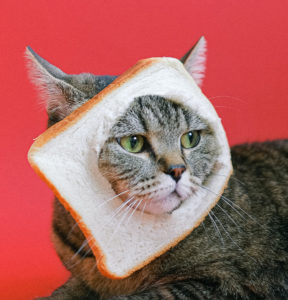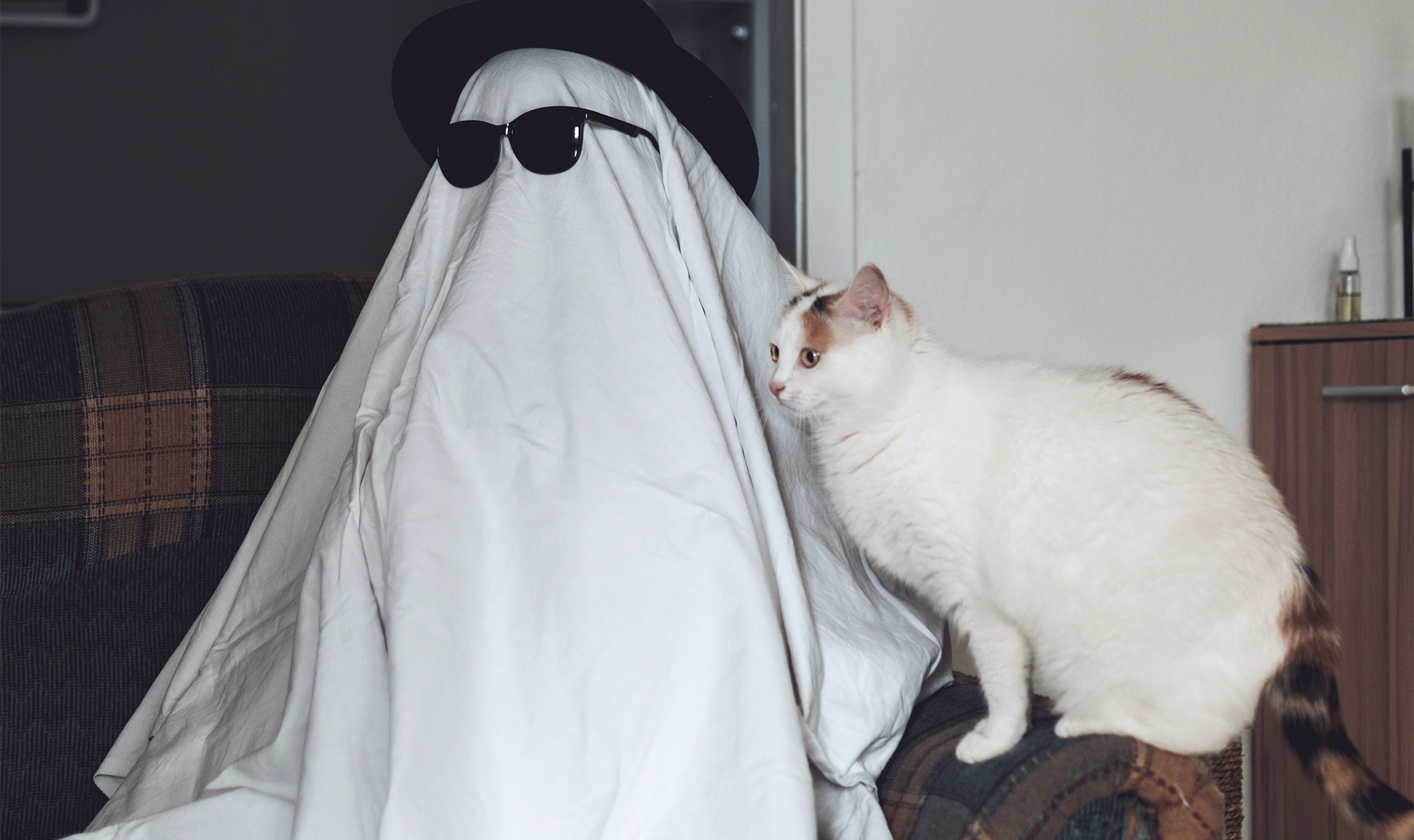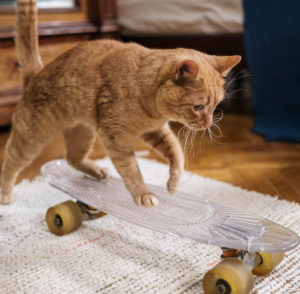If you’ve ever been rudely awakened by a cat running across your face or jumping unceremoniously onto your belly, you know the 3 a.m. Zoomies. While we know our cats are prone to these sudden bouts of energy, we don’t always know why, or what to do about it.
What causes the Zoomies? Is my cat trying to tell me something? Do I need to call the vet? Can I get my cat to chill? (Do I need CBD for pets?)
While you may not be able to keep your kitty from whacking you in the face at 5 a.m. to demand breakfast, you can take some steps to help your furry friend cope with nocturnal freakouts.
Zoomies, Scrambles, Midnight Crazies, Fur and Blur. We have plenty of nicknames for them, but what are they?
What Are the Zoomies?

Believe it or not, this is normal cat behavior. Vets even have a name for it: Frenetic Random Activity Periods (FRAPs).
Zoomies, or FRAPs, are your cat’s way of having a blast. They’re burning excess energy, showing their excitement, and celebrating.
Kittens and juvenile cats have buckets of energy to blow off. That’s why their Zoomies are more frequent and frenetic than older cats.
You’ve probably noticed that your cat’s Zoomies usually happen in the morning and early evening, and that’s because those are the times they’re most active. We typically think of cats as being nocturnal, but they’re actually crepuscular, meaning they’re more active at dawn and dusk.
Cats also sometimes get the Zoomies after using the litter box, either to communicate that it was tough going, or to celebrate. Seriously. It’s like a post-poop victory lap.
Long naps and peaceful grooming sessions are also often followed by a case of the Fur and Blur.
These long naps are also much of the reason behind why your cat gets the Zoomies in the middle of the night. Cats sleep 12–16 hours a day (I know, right?) and much of that sleep happens while we’re awake. At night, they’re rested, awake, ready to hunt, and a little bored.
Are the Zoomies Cause for Concern?
As this is a totally normal behavior not only in cats but also in dogs, rabbits, and even elephants, it’s not typically a cause for concern.
That said, it’s always important to keep an eye on your pet’s behavior and to watch for new or unusual activities.
If your cat is getting the Zoomies more frequently than usual, or at new times of day, it’s a good idea to observe closely and reach out to the vet if you need.
Sometimes cats get the Zoomies after the litter box not as a way of celebrating but actually to communicate that they’re feeling discomfort. This can come from infection or inflammation in the digestive or urinary systems.
If your kitty gets the Zoomies more often and it accompanies weight loss or new vocalizations, it’s a good idea to call the vet.
Hyperthyroidism is another potential culprit of unprecedented Zoomies or excess energy in a cat, particularly an older one. Symptoms also include weight loss, increased appetite, and increased thirst.
Can I Do Something About Them?
You never want to punish a cat for having the Zoomies. Since it’s a natural behavior, punishing them will just confuse them and harm your bond with them.
But there are some healthy strategies to combat those sleep-disrupting 3 a.m. bouts of wackiness.
Wear ’em Out
Try getting in some good playtime in the evening so that your kitty is tuckered out come bedtime.
Getting that extra energy out helps your cat rest better when you rest, and you may even get a purry snuggle or two out of it.
Keep Them Busy During the Day
Puzzles and engaging toys can keep your cat from being too sedentary or bored while you’re at work, and help them burn excess energy earlier in the day.
It’s amazing just how committed a cat will get to solving a maze or puzzle that has a treat hidden inside.
Try a Supplement

If you’ve found that CBD helps you get a restful sleep, imagine what it could do for your cat’s evening Zoomies. Animals have an endocannabinoid system just like we do, meaning they can reap the same benefits from CBD.
CBD isn’t psychoactive, so it won’t get your cat high. Instead, it will interact with receptors in your cat’s central and peripheral nervous systems, imparting a host of therapeutic benefits.**
It’s safe for pets, and you can purchase it in both Chicken-Flavored CBD Cat Tincture and Bacon-Flavored CBD Cat Tincture formulas.
Just remember to always consult with your veterinarian before trying any new supplement regimen.
Adjust Feeding Time
Cats like to let us know when they’re hungry. From a gentle headbutt to pulling hair, they have ways of making us get up and feed them.
If your cat likes to wake you up super early for breakfast, try feeding them a little later in the morning, maybe after your own breakfast.
It takes some perseverance to stay still in bed and ignore a persistent cat at 5 a.m., but it will pay off. Eventually, your cat will learn that they’re not getting breakfast until you’re already up and moving around.
While the Zoomies are hilarious and sometimes a little freaky, it’s good to know that they’re totally normal. Our cats aren’t seeing ghosts (we’re pretty sure), and they’re not under stress. They’re just having fun.
If we’re sure to keep our kitties active with plenty of fun playtime, and to provide nourishing diets and regular healthcare, then the Zoomies can be a fun and manageable part of a healthy cat’s day.
Plus, they make for great cat videos.







